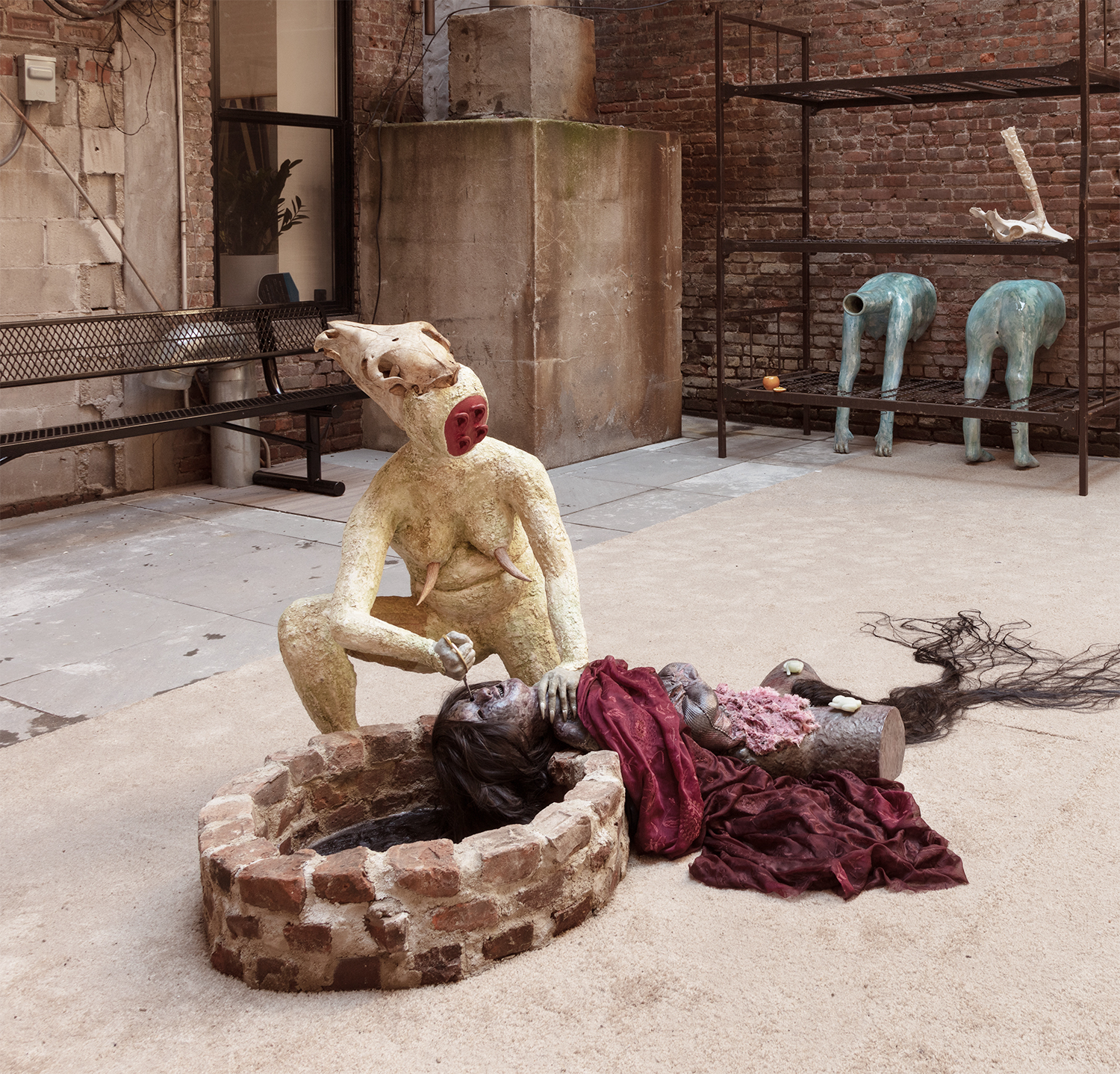Contents
- “From a spark to where you are”: Black Monument Ensemble’s Fusion of Time
- “…One More Time”
- missives from 老台北
- Excavating a Plot in the Sky
- a ribbon at a time, golden leaf
As a tri-annual publication, we find ourselves working on a much different timeline than that of the feed. When we began formulating the theme for this issue, we were about two months deep in the aftermath of the murders of George Floyd and Breonna Taylor and the mass protest and additional acts of racialized state violence that followed and still continue. Online life in the summer of 2020 was characterized by an endless scroll of necessary calls to political action (be they organizations needing funds, petitions needing signatures, or protests needing bodies), information and rhetoric in the form of palatable slides and slogans, and devastating images and footage of militarized police violence in the streets of our country. As we took all this in, we considered what we could offer when our issue finally arrived several months down the road.
We considered themes that were broader and that were guaranteed relevance regardless of what changed in our world. We had recently seen how a global crisis could render a previously important topic meaningless in a matter of a week’s time and we were especially aware of how the U.S. election that our publication timeline was saddling might change matters of urgency and focus. The more we spoke about it, the more this conversation itself came to be a point of focus. We decided to investigate how the slow attention our publication allows could be an asset, something that provides a view towards the bigger picture. At times it feels that our social feeds and the outlets that service them are hyper-efficient at uprooting issues on an immediate timeline and micro scale, but are rather useless when it comes to building a stable foundation for our future. While this year’s uprisings awoke a great percentage of Americans with great help from social technology, it was clear how insubstantial such awakenings would have been without the decades of work by radical Black thinkers before. We were heartened then as we watched Angela Davis have a new moment in the sun as a public intellectual and Michelle Alexander and Toni Morrison climb bestselling book lists, although with books long past their publishing date.
As such, we decided to engage with the slow acts of groundwork that strengthen and substantiate the ongoing movement. We decided to investigate how slow and deliberate effort and growth could interact with immediate and decisive action.
As a journal about sound, we couldn’t help but align our prompt to the concepts of rhythm, tempo, breath, and pace in music. It is here that many of our writers found their footing. Nicholas Vila Byers investigates the transposition of time and place that occurs when listening to a live recording and how that is put to great political effect on Black Monument Ensemble’s Where Future Unfolds. With beautiful passion and clarity, Byers works with this record to chart and acknowledge the generational growth and development of Black radical thought. Leah Isobel compellingly looks at the daily repetitive acts that create gradual change over the course of gender transition, aligning such change with the career-length growth of Britney Spears as an artist fated to endlessly repeat the same hook for decades.
To explore the tempos of lasting change, our other contributors traced rhythmic relationships between personal, political, visual, and sonic perceptions. Soap Ear co-editor Lyle Daniel goes deep on the structure of clouds, understanding them as a provocative political metaphor, an organizational concept, and a dispositional affect—in and of bodies and skies. Artist and poet Kira Jacobson’s video “missives from 老台北” meditates on an intergenerational relationship with Taiwan which keeps tugging mother and daughter backwards and forwards in space and time. Matthew LaBarbera and Marc Tafari then situate their 24 minute video piece a ribbon at a time, golden leaf at the bounds of perception. Filming during the pandemic, they draw out the proximity of slowness and action in this work that draws our attention to our own experience of change, past, and present. By editing and layering source audio from the shoot and setting four separate scenes from North Carolina and Virginia alongside one another, the two construct an experiential narrative, a portrait of a moment and each viewer’s perception of it.
Lastly, we want to mention our cover image, a photo of Catalina Ouyang’s startling and visceral sculpture otherwise, spite: 1. whores at the end of the world / 2. from every drop of his blood another demon arose (1829-1840) shown at Lyles and King in Manhattan this fall. The visual of this ear-faced figure dismembering its victim will certainly bring out a multitude of feelings for any viewer, but we are especially enticed by Ouyang’s way folding of selfhood upon the self; how these figures seem not to be characters relating to one another, but rather two parts of a whole (as though one has shed or removed theirself from the other); and how we do not feel we are witnessing an act in a narrative event, but rather a state of being that may be continual.
We hope you find something in this ninth issue of our publication. Until then, you will be hearing from us with more in the Spring.
Cover image: Catalina Ouyang
otherwise, spite: 1. whores at the end of the world / 2. from every drop of his blood another demon arose (1829-1840).
2020, various materials
Photo Credit: Charles Benton
Contents
